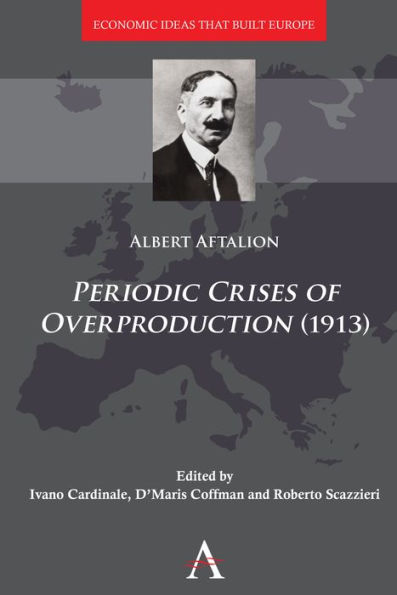The aim of Albert Aftalion’s Periodic Crises of Overproduction is to lay the analytical building blocks of a medium-term approach to the theory and policy of economic fluctuations. Aftalion builds his theory on a disaggregated (structural) representation of the economic system that overcomes the conventional micro-macro dichotomy. This analysis eschews both the explanation of crises in terms of cumulative processes triggered by long-term factors and that in terms of purely contingent mismatches and ruptures. Aftalion highlights features such as lack of synchronization between sectors, different time horizons between socio-economic groups, and dissimilar speeds of change between production and consumption units. His approach draws key analytical concepts (such as the accelerator principle) from a detailed investigation of the interdependencies and temporal asymmetries of an industrial economy. It is an enlightening complement to Keynes’ General Theory.
1140317121
Periodic Crises of Overproduction (1913)
The aim of Albert Aftalion’s Periodic Crises of Overproduction is to lay the analytical building blocks of a medium-term approach to the theory and policy of economic fluctuations. Aftalion builds his theory on a disaggregated (structural) representation of the economic system that overcomes the conventional micro-macro dichotomy. This analysis eschews both the explanation of crises in terms of cumulative processes triggered by long-term factors and that in terms of purely contingent mismatches and ruptures. Aftalion highlights features such as lack of synchronization between sectors, different time horizons between socio-economic groups, and dissimilar speeds of change between production and consumption units. His approach draws key analytical concepts (such as the accelerator principle) from a detailed investigation of the interdependencies and temporal asymmetries of an industrial economy. It is an enlightening complement to Keynes’ General Theory.
80.0
Pre Order
5
1

Periodic Crises of Overproduction (1913)
250
Periodic Crises of Overproduction (1913)
250Related collections and offers
80.0
Pre Order

Product Details
| ISBN-13: | 9781839983665 |
|---|---|
| Publisher: | Anthem Press |
| Publication date: | 07/07/2026 |
| Series: | Economic Ideas that Built Europe , #2 |
| Sold by: | Barnes & Noble |
| Format: | eBook |
| Pages: | 250 |
About the Author
From the B&N Reads Blog
